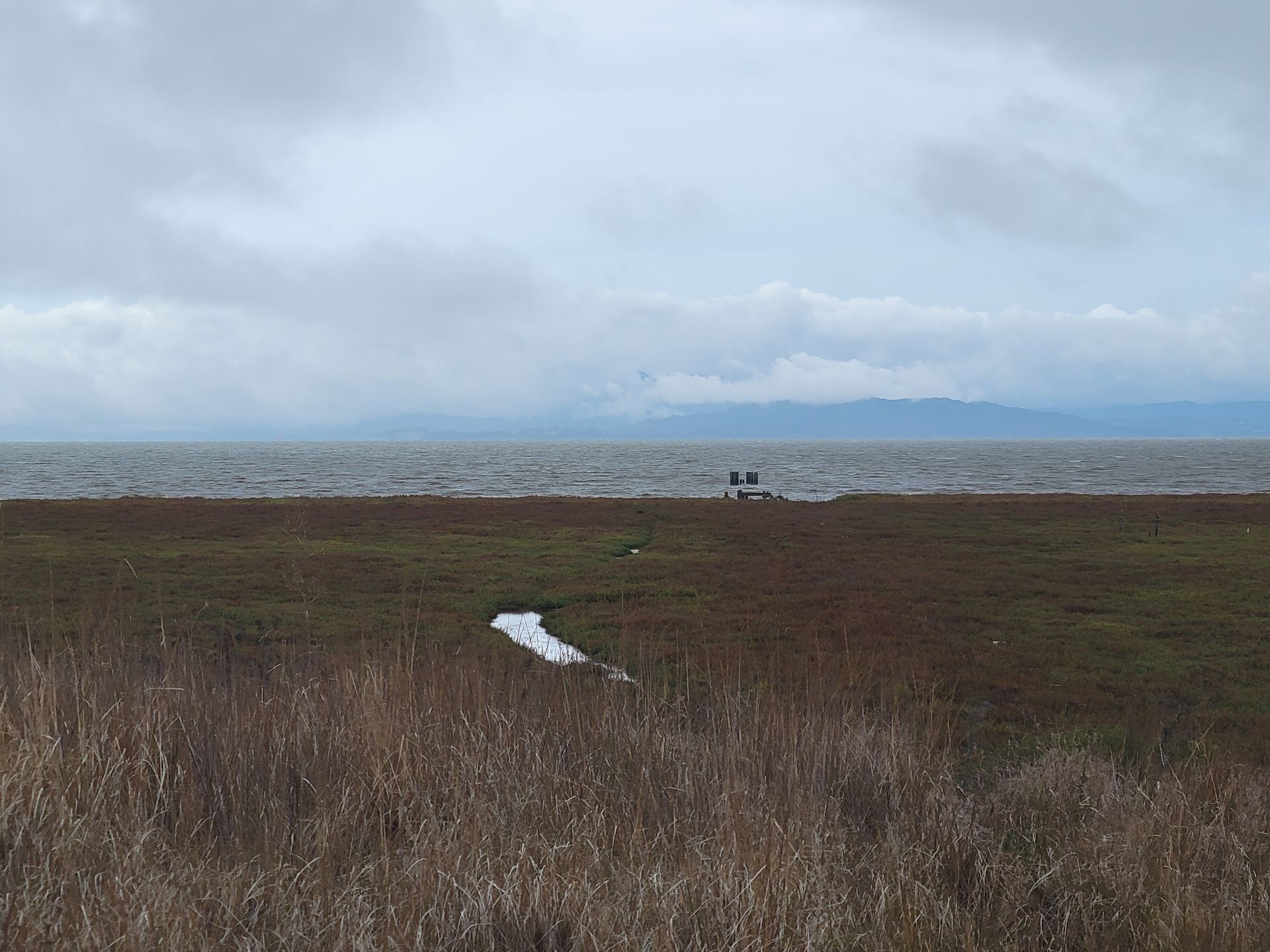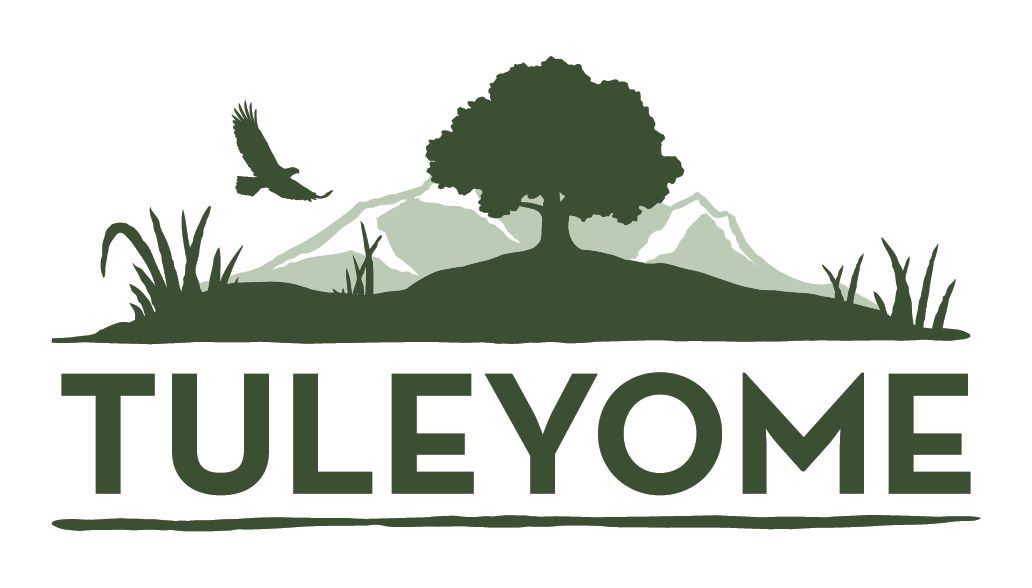Science Corner - Recycling Tennis Balls

Did you know that about 125 million used tennis balls end their lives in landfills throughout the United States each year? That equals approximately 20,000 metric tons of rubber waste and each ball can take up to 400 years to decompose.
One major tournament, such as Wimbledon, can go through as many as 54,000 balls by the time the 14-day tournament concludes. This is partly because each ball is replaced at frequent intervals during matches. Impact from the racket and the surface of the court causes the felt to get worn and the balls to lose pressure which makes them inconsistent and undesirable. This is why tennis balls don’t have a very long lifespan.
Tennis was first introduced to the United States around 1814. The first pressurized ball made an appearance around 1920 and has remained basically unchanged. Serious and maybe not so serious tennis players typically open a fresh can of balls every time they play. Professional tournaments have strict requirements, and the best balls are made from only virgin rubber. Some other balls of lesser quality may contain a portion of recycled rubber. Most of the balls are manufactured in China or Thailand and have long shipping journeys to their final destinations.
There are ways to repurpose old tennis balls around the house and other places. One of the most common ways is the ole’ tennis ball hanging from a string to act as a parking guide in the garage or on the legs of furniture to keep it from squeaking and scratching on the floor - I think every one of my daughter’s elementary school teachers employed retired tennis balls to keep their classrooms free of the harrowing metal chair-on-the-tile-floor squelch. There are some other incredibly thoughtful and handy uses for decommissioned tennis balls.
You can use them for those really stubborn, stuck-on jar lids. Simply cut a tennis ball in half and put it over the lid to grip and loosen it. You can also use this technique to unscrew a broken light bulb from its base. If you’re refinishing or painting furniture, you can wrap sandpaper around a used tennis ball to help reach those smaller curved areas where your whole hand may not fit. You can cut a slit in a ball and slide it on the end of a broom to use as a scuff remover from a wood or tile floor without having to get on your hands and knees. You can cut slits on opposite sides of the ball and stuff the length of your phone charger or computer cables inside rather than having them dangle behind your desk. You can also use them to hide emergency money in plain sight. Maybe you need a quick $5 bill in case the ice cream man comes by; you can cut a slit in the ball, tuck your snack cash inside and stow it inside your car or gym bag. You can also toss a couple of used tennis balls in your pool to help absorb body oils and sunscreen from the surface of the water. It’ll keep the pool cleaner longer, but they do need to be replaced often. You can also protect an outdoor padlock by cutting a large slit in the ball and placing it around the lock to keep it from getting muddy or frozen. They also make great dryer balls to help soften and fluff clothes and to help separate them to keep them from becoming a tangled, damp, musty wad. Just make sure that they’re color-fast or wrap them in foil first. Used tennis balls also make great pillow fluffers. Simply throw them in the dryer with your pillows and let them spin and fluff. You can even add a couple of drops of essential oils to the felt to add freshness. In climates that get cold enough to freeze the surface of water, tossing a tennis ball in your birdbath will keep the water open and available for wildlife to drink. The thought is that wind will push the ball around and break up the thin crust of ice that is trying to form.
The reuse project that is definitely closest to my heart is “no trash dog balls”. You can purchase them on ebay or simply ask your friends for their out of commission tennis balls. You can either enjoy them with your own furry friend or donate them to an animal shelter or rescue for the friends in their care to enjoy over and over. You can purchase big boxes of used tennis balls for cheap and dogs don’t care if they’re dirty, flat or have worn felt!
Last but certainly not least (other than maybe in size) in the repurposing line up is the upcycling of used tennis balls to provide winter homes for the Eurasian harvest mouse. This teeny tiny mouse is native to Europe and Asia and typically nests in grain crop fields, reeds or other tall vegetation. Adults weigh a mere four grams (about the weight of a nickel). They usually weave shredded vegetation into a small, hollow ball attached to a stem above water. Although the tiny mouse also eats the grain, they help keep pest populations down but modern farming techniques have impacted their habitat. Recently European conservationists have found that tennis balls with a small hole cut in them and attached to a stick about a meter above the ground make a safe, waterproof and welcome winter home for them.
Even if you engage every single one of the ideas listed above, that still leaves approximately 124,999,873 balls that need a new purpose. As a result of the glut of used balls, there are a couple of relatively new companies that have developed brilliant new technology to not only repressurize used balls (some machines can do it in bulk) so they can be reused and used longer but they have also refined some ways to create entirely new products using old tennis balls. Tennis balls have historically been very difficult to recycle because the felt is glued so tightly to the rubber core. These companies have developed ways to efficiently “defelt” them and have also developed entirely new ways to recycle and repurpose expired tennis balls. Recycleballs.org https://www.recycleballs.org/ and Rebounces.com https://rebounces.com/about-us/recycle-tennis-balls/ both place collection bins at tennis clubs and gyms for people to easily dispose of their used balls without putting them in the trash. The bins come with return postage so sending them to the recycling companies is easy and free to the facility. Some of the balls collected are repressurized right there on site for reuse and those that are not mailed to the company to be refined into new products. One of the new products can be used for the surface of playgrounds or as equestrian arena footing. Whole tennis balls, felt and all, are ground up and spread around the area. The material helps keep moisture in the soil which keeps dust down and helps reduce compaction. Recycled tennis balls are also being used to develop a new alternative to stucco. The product is more durable than traditional stucco, it will not crack and comes in any color without painting. Ground up tennis balls are also being transformed into pebbles to be used as a ground cover and mulch in landscaping. And, perhaps it’s kismet but used tennis balls are being upcycled and reused in brand-new tennis courts. The surface exhibits more shock absorption than some traditional courts and is much more durable. Each newly constructed court uses up to 10,000 recycled tennis balls.
I’m not sure what method the two companies use to remove the felt from old tennis balls but I’d be happy to loan them my dog; he can rip the felt off of any tennis ball with breakneck speed.
RECENT ARTICLES






